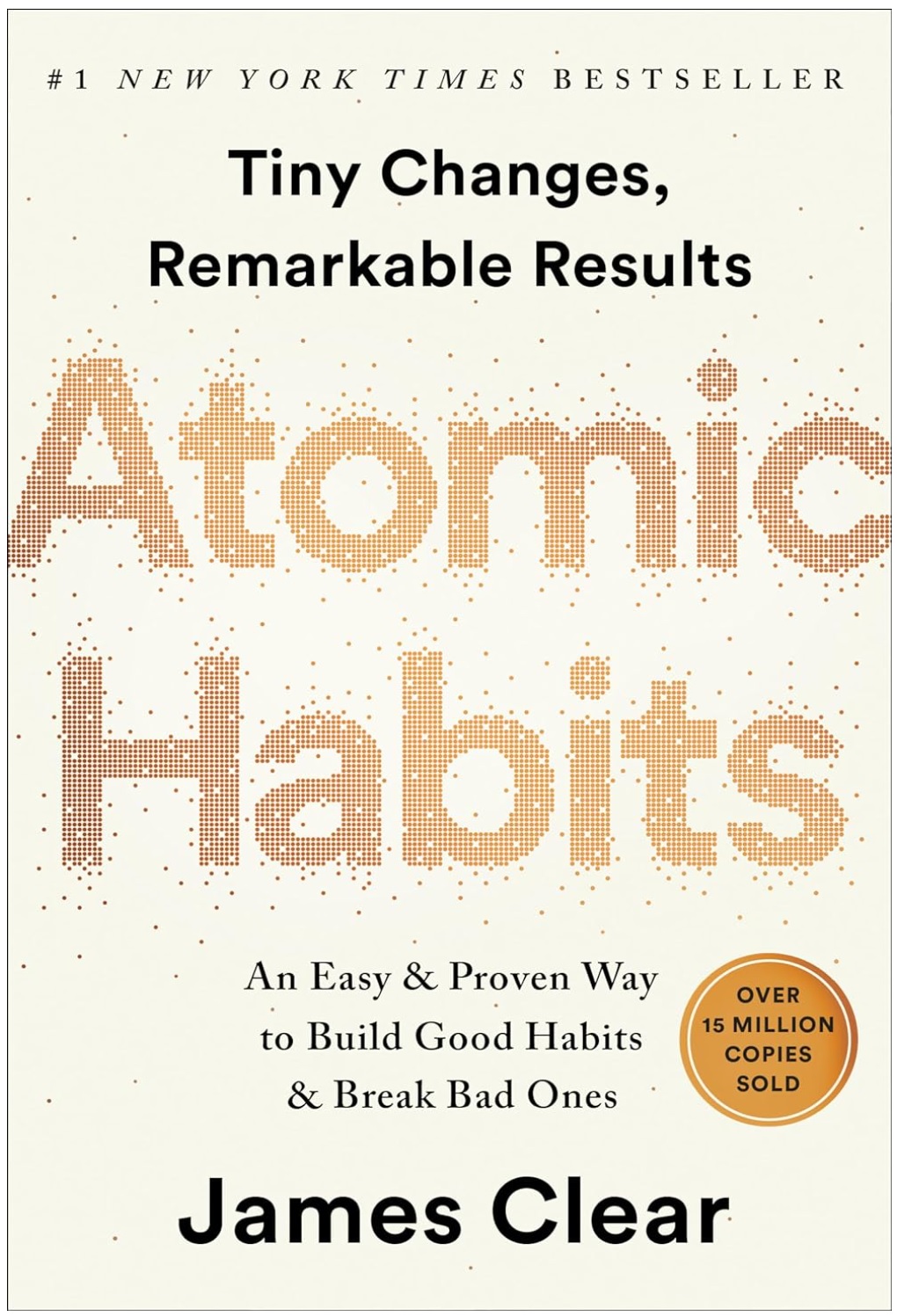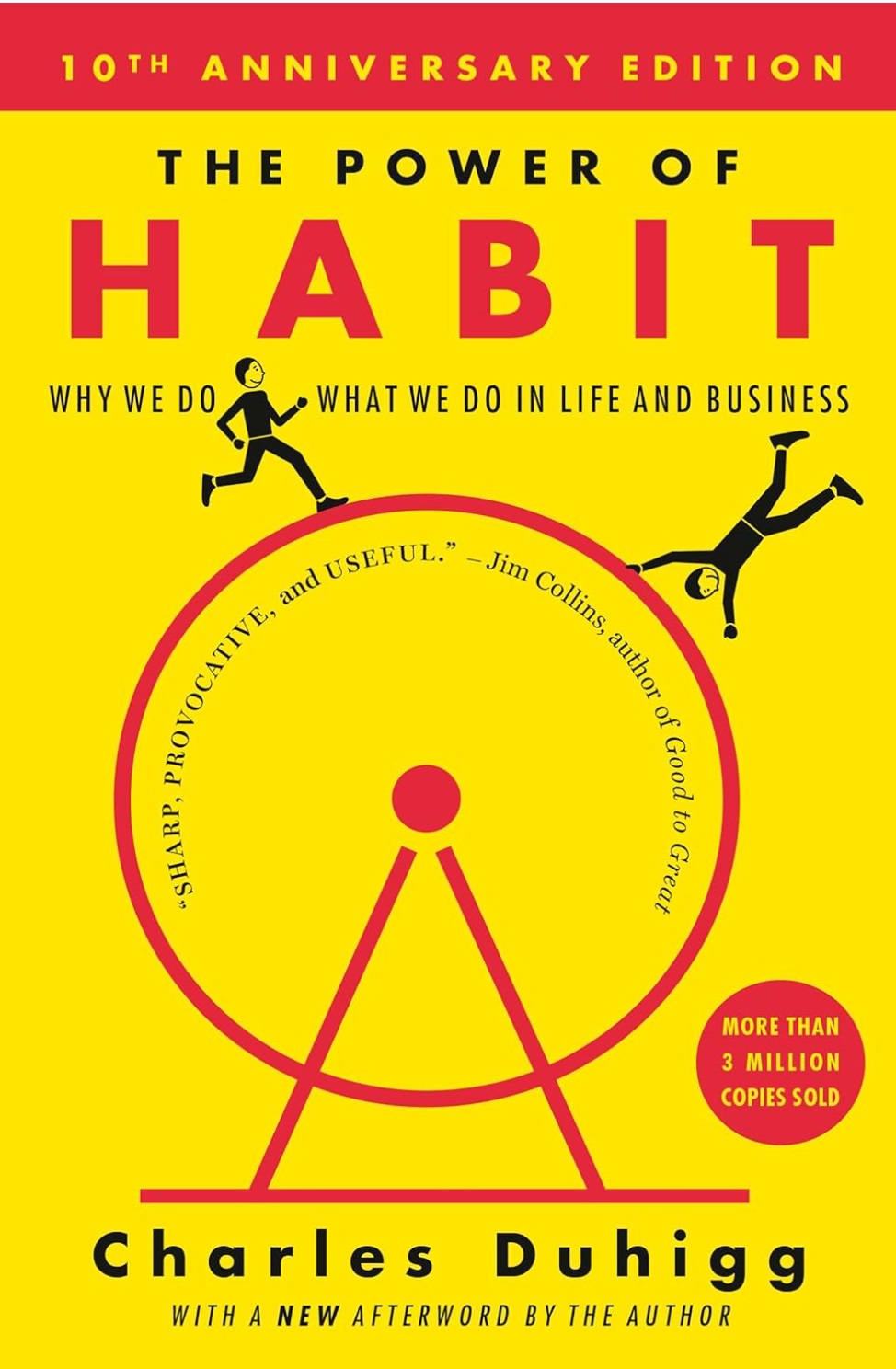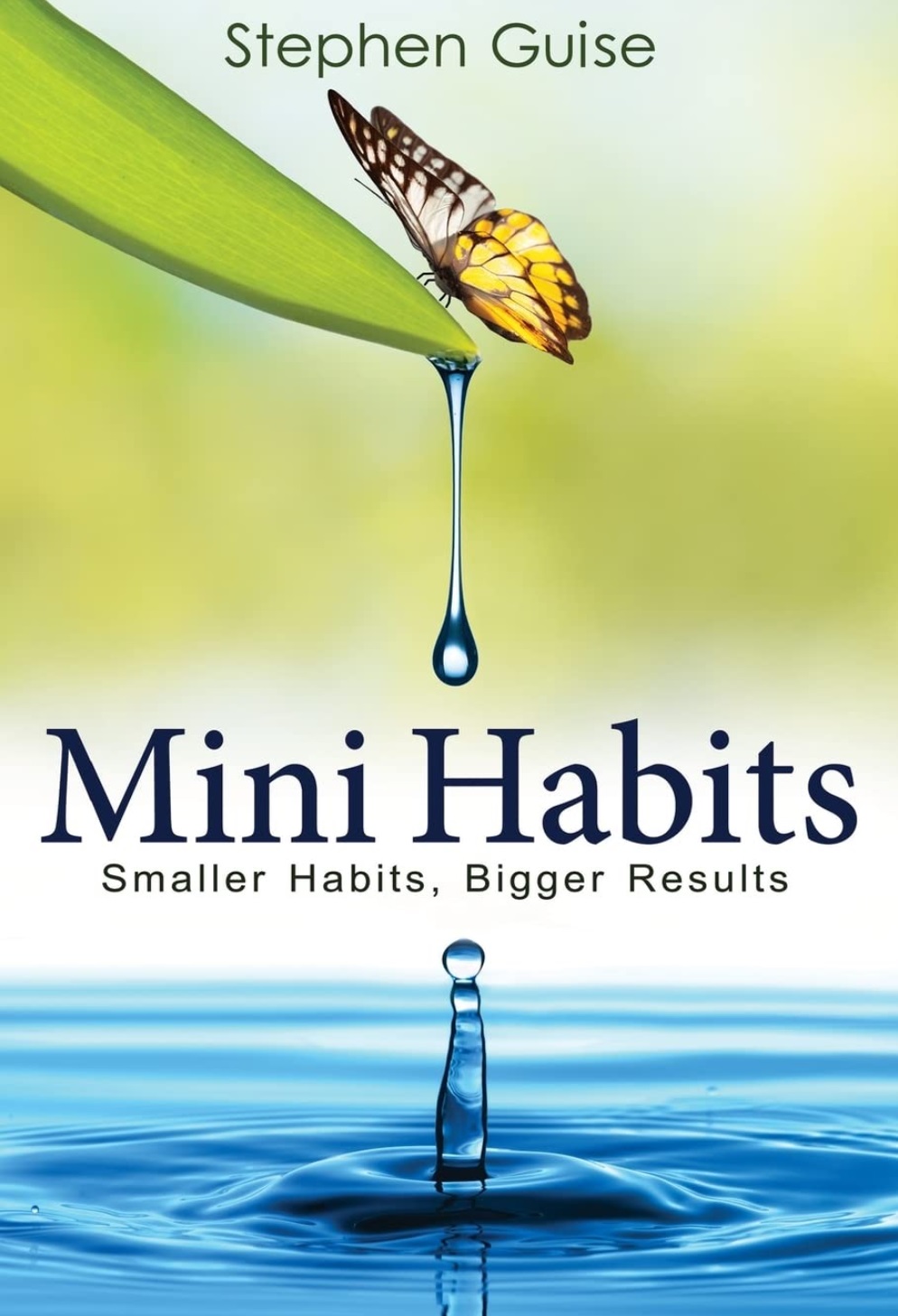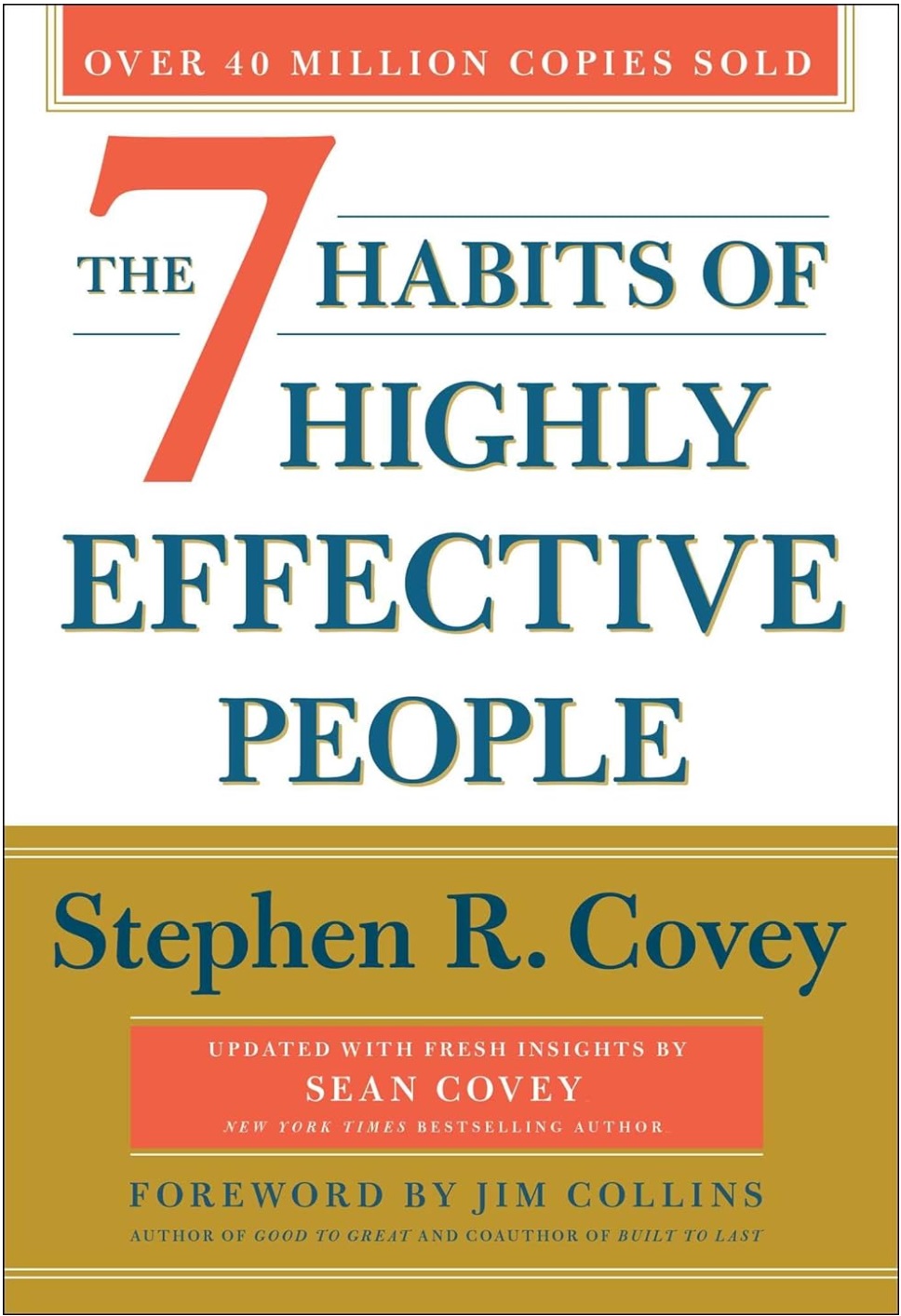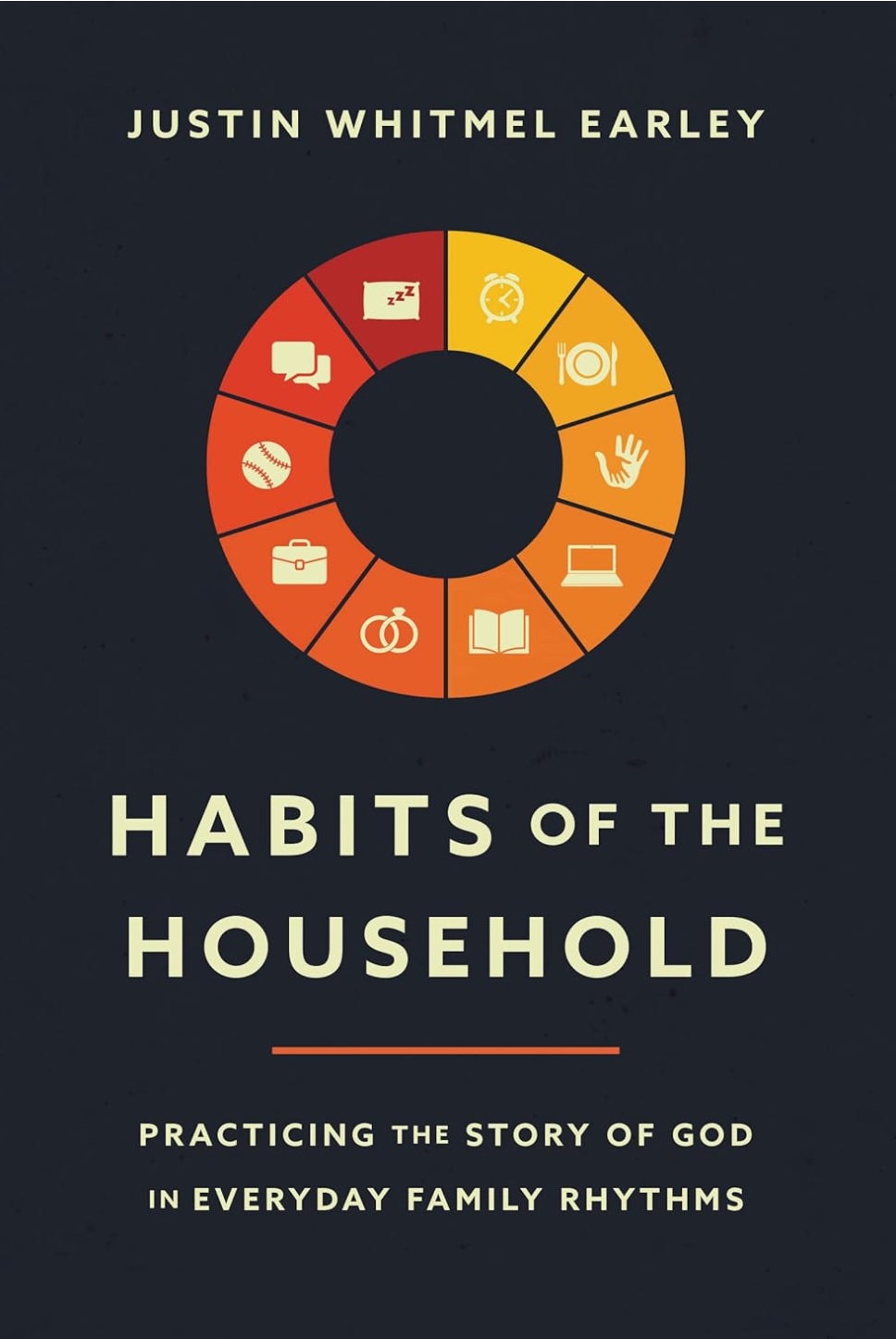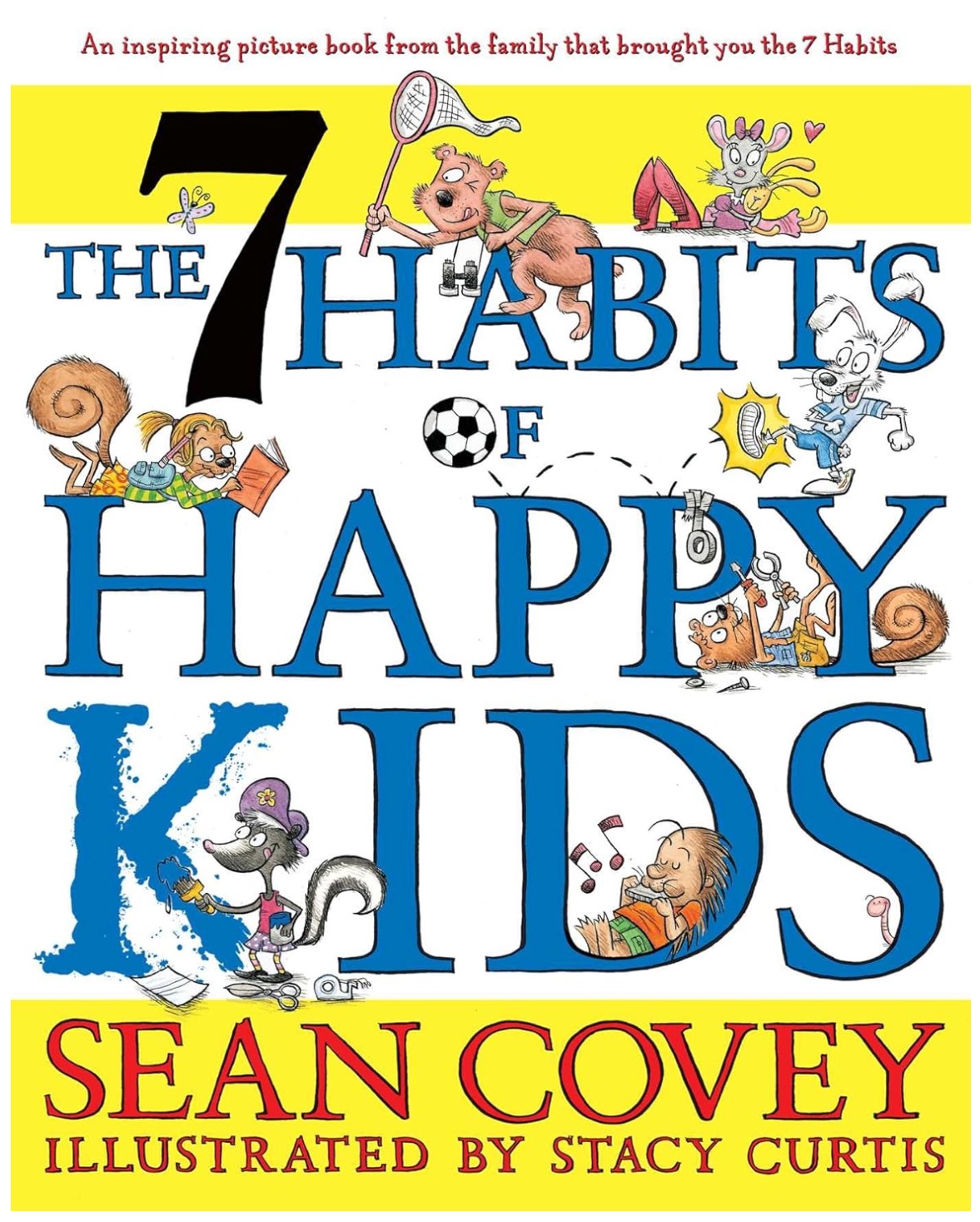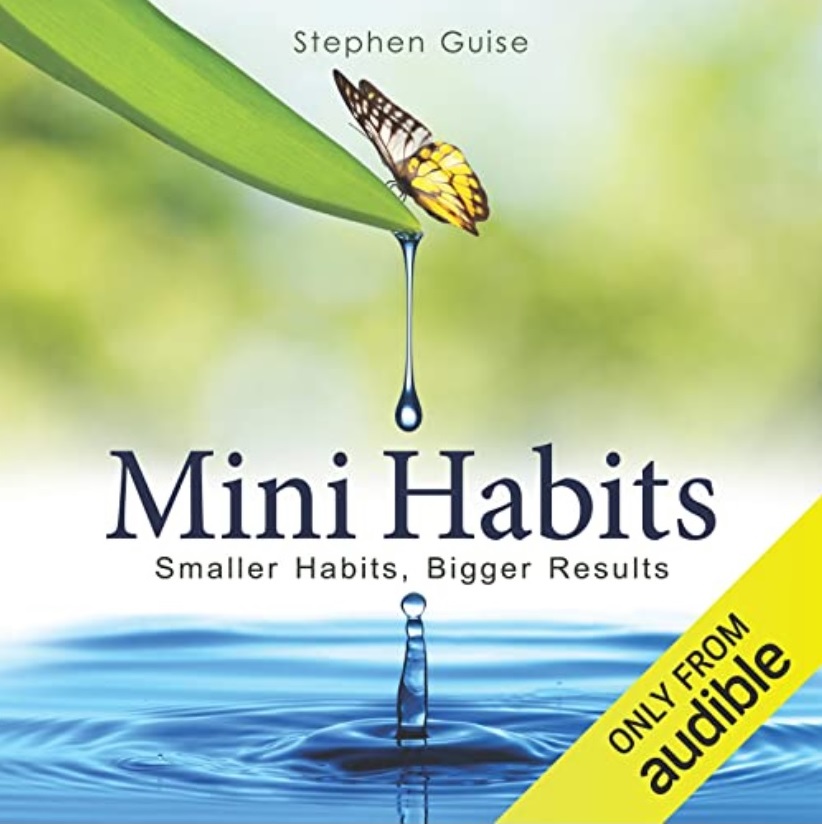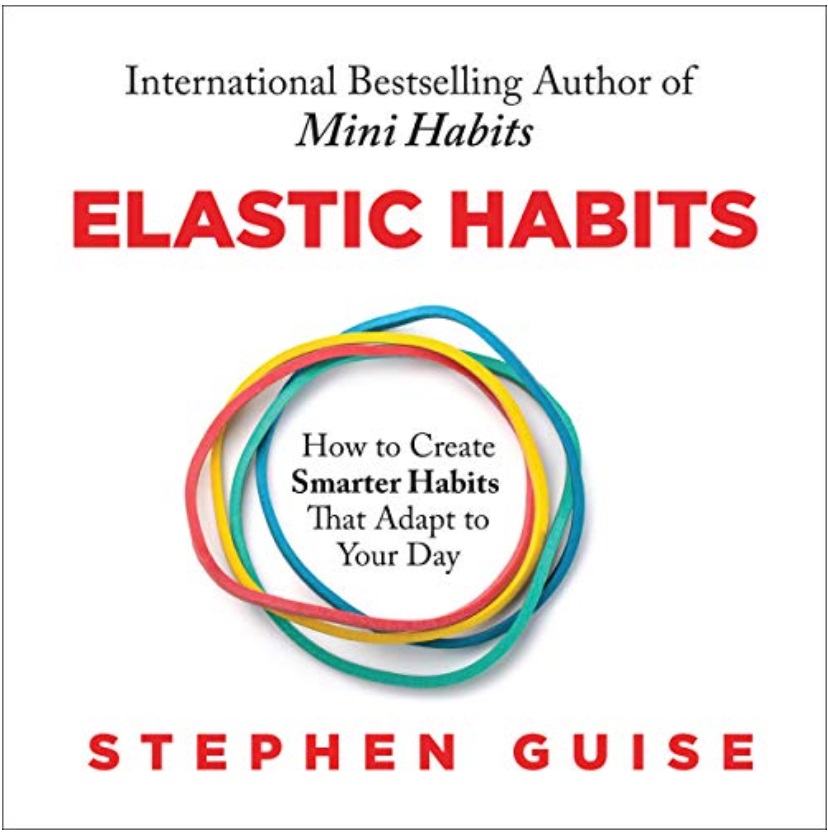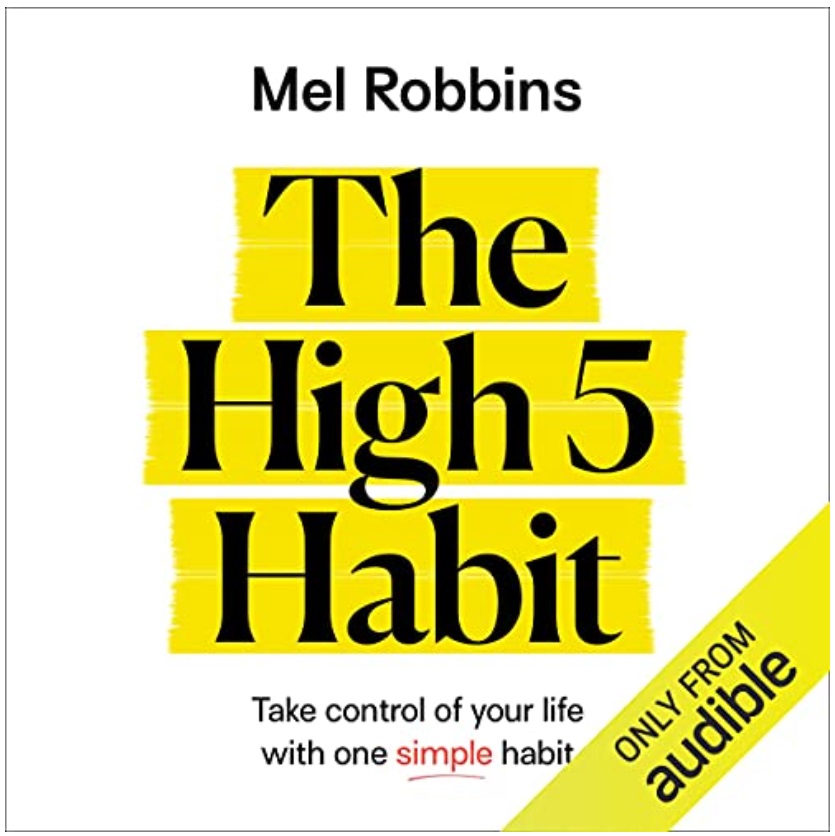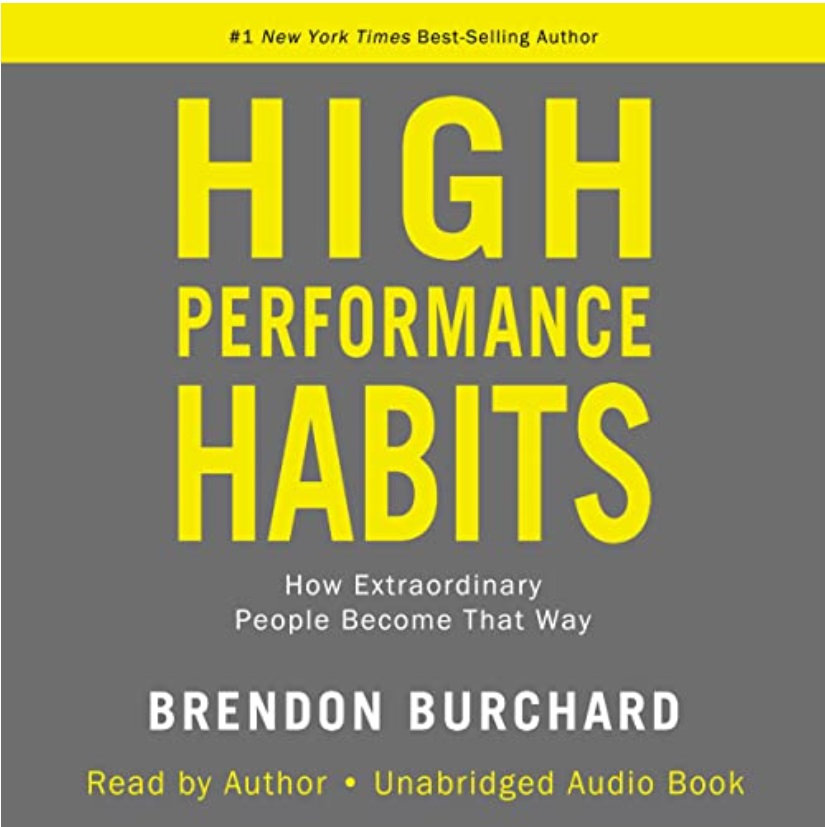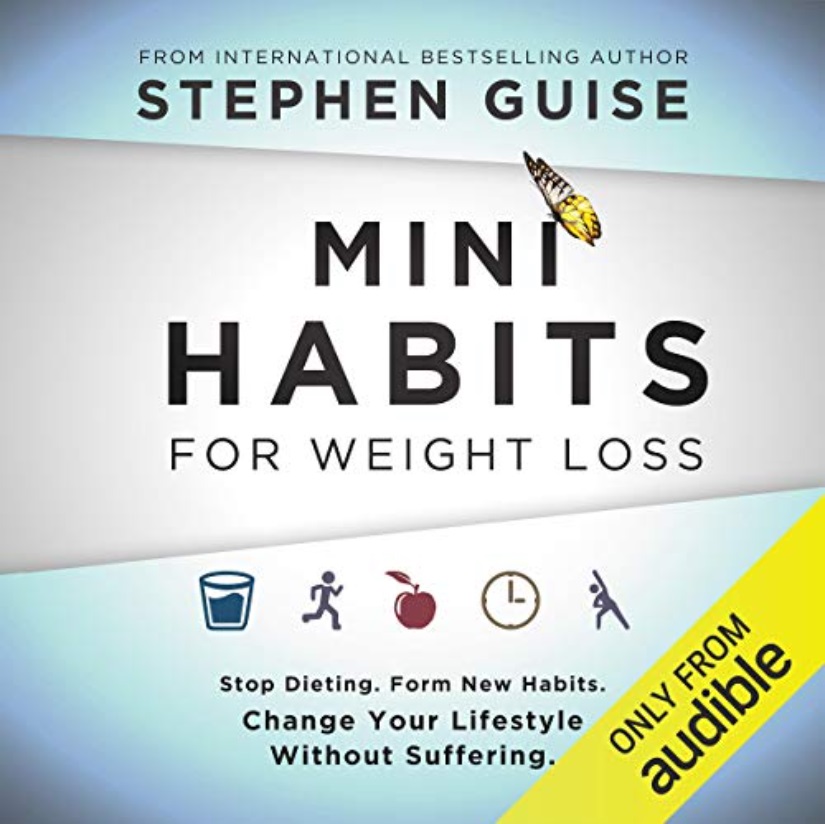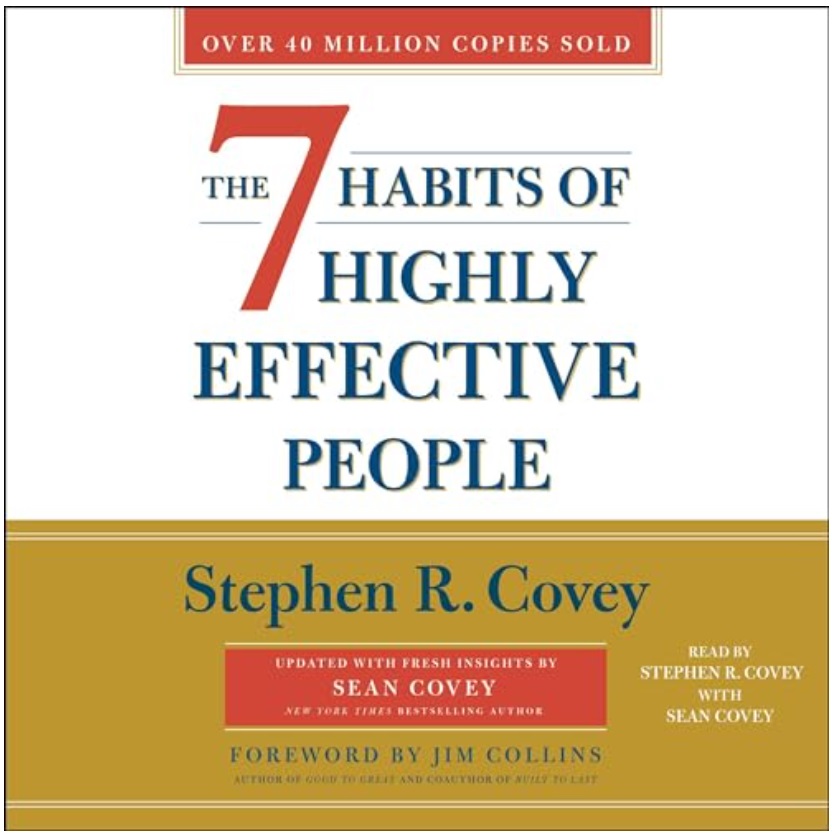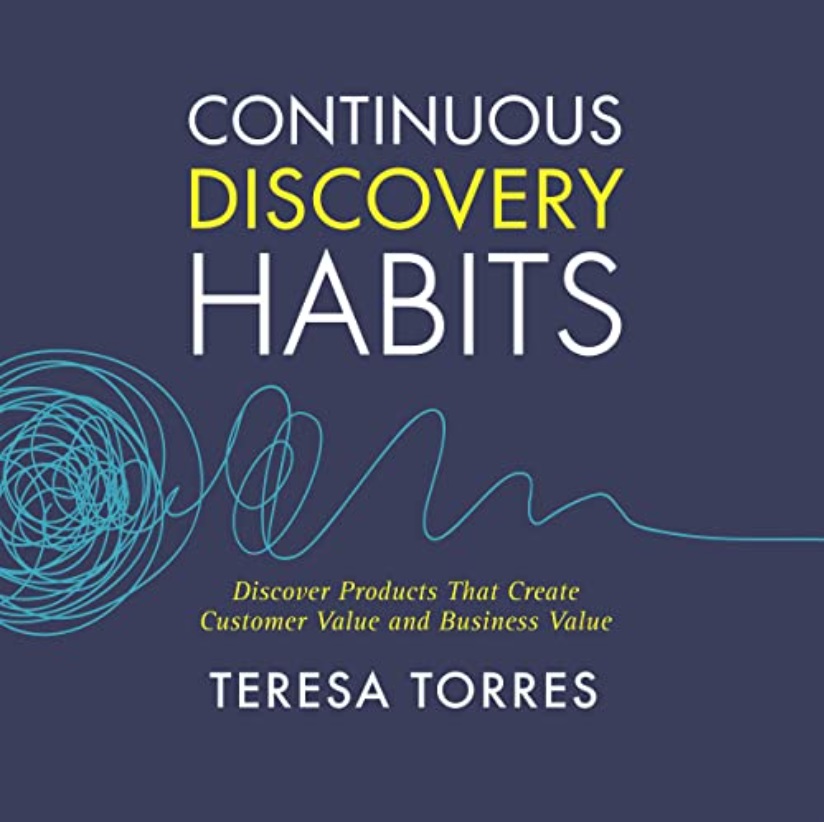- KEY POINTS
- Start your day with small, intentional habit stacks that set a positive tone for productivity and mindfulness.
- Combine existing morning activities with new habits to make them easier to adopt and sustain.
- Gradual habit stacking leads to long-term success by creating consistency and boosting motivation each morning.
Waking up and immediately feeling overwhelmed by the day ahead is something I used to experience regularly. I would grab my phone, scroll through notifications, and rush through the morning in a haze. I realized that how I started my day set the tone for everything that followed. This led me to discover habit stacking—a simple but powerful way to create morning routines that promote calmness, productivity, and focus.
In this post, I want to share how I’ve built habit stacks that help me start the day with intention and positivity. Whether you’re looking to improve mindfulness, increase productivity, or just add a sense of peace to your mornings, habit stacking can be a game changer.
Table of Contents
ToggleWhy Habit Stacking Works for Mornings
Morning habits are the foundation of the day. Our willpower is strongest, and the distractions are minimal. By linking new habits to existing ones—like brushing teeth, making coffee, or getting dressed—habit stacking makes it easier to create lasting change.
I’ve found that even small, consistent actions can compound over time. For example, I now practice deep breathing while waiting for my coffee to brew. It’s a simple addition to my routine, but it helps me feel centered before the day starts.
The Power of Anchoring New Habits to Existing Ones
One of the biggest struggles I had when trying to develop new habits was finding the right time to fit them into my day. Morning routines provided the perfect opportunity because I already had several non-negotiable tasks that I could build upon.
Using Existing Triggers
For example, after brushing my teeth, I started adding two minutes of stretching. It felt natural to extend the moment and didn’t require significant effort. Slowly, this habit grew into a full ten-minute yoga session.
Reflect: What’s one habit you do every morning that could anchor a new one?
Building Momentum
Habit stacking leverages the momentum of completing small tasks. When I accomplish one or two things early in the morning, I feel motivated to keep going throughout the day. This creates a snowball effect that enhances productivity and mental clarity.
Creating Habit Stacks for Different Morning Goals
Habit stacking isn’t one-size-fits-all. The habits you choose to stack depend on your personal goals. Whether you want to increase mindfulness, boost productivity, or focus on health, there’s a morning habit stack that can work for you. I’ll walk you through three types I’ve personally used and found success with.
Mindfulness and Calmness Stack
I started integrating mindfulness into my mornings when I noticed how often I felt anxious before the day even began. By creating a simple mindfulness habit stack, I transformed my mornings into a time of peace rather than stress.
Stack Example:
- Anchor Habit: Brew coffee or tea.
- New Habit 1: While the water boils, take three deep breaths and set an intention for the day.
- New Habit 2: As the coffee brews, write down one thing you’re grateful for.
- New Habit 3: While sipping the first few sips, sit in silence for two minutes, simply noticing the sensations around you.
This habit stack only takes about five minutes, but it allows me to slow down and begin the day with gratitude and clarity.
Reflect: How can you add a moment of calm to your morning routine? Even a short pause can create lasting benefits.
Productivity and Focus Stack
If you’re like me, mornings are often the most productive time of the day. I started building habit stacks to enhance my focus and ensure I hit the ground running.
Stack Example:
- Anchor Habit: Open your laptop or planner.
- New Habit 1: Write down your top three priorities for the day.
- New Habit 2: Spend five minutes reviewing your schedule or tasks.
- New Habit 3: Read or listen to one piece of content that inspires or educates you (a podcast, article, or motivational video).
This stack keeps me organized and mentally prepared for the day ahead. By focusing on priorities first, I avoid wasting time on unimportant tasks.
Action Step: Identify one task that consistently helps you feel organized in the morning. Could you build a stack around it?
Health and Wellness Stack
Physical movement in the morning energizes me and improves my mood. I built a habit stack that ensures I prioritize my health without needing a full gym session.
Stack Example:
- Anchor Habit: Brush your teeth.
- New Habit 1: Do 10 squats or push-ups immediately afterward.
- New Habit 2: Drink a glass of water right after your squats.
- New Habit 3: While waiting for breakfast to cook, do light stretching or a short yoga flow.
This quick burst of movement wakes me up and boosts my energy levels. I don’t always have time for long workouts, but stacking these small actions guarantees I move every morning.
Staying Consistent with Your Morning Habit Stacks
Creating habit stacks is one thing, but sticking to them is where the real challenge lies. I’ve found that the key to consistency is keeping the stacks simple, rewarding, and tied to existing habits I already do without thinking. The easier the stack, the less likely I am to skip it.
Start Small and Build Gradually
One mistake I made early on was trying to stack too many habits at once. I thought adding ten new habits to my morning routine would transform my life overnight. Instead, I ended up overwhelmed and dropped most of them within a week.
I learned to start small – sometimes with just one habit. Once that habit felt automatic, I added another. For example, I started with drinking a glass of water after brushing my teeth. After a week, I added five minutes of stretching. The gradual approach helped me stay consistent.
Reflect: What is one small habit you can add to your existing routine? Start with that before expanding the stack.
Attach Habits to a Clear Trigger
One of the most effective strategies I’ve used is attaching new habits to triggers that naturally occur in my morning routine. Triggers can be as simple as brushing your teeth, making the bed, or brewing coffee. The clearer the trigger, the easier it is to remember the new habit.
For example, I attached writing down my top three priorities to opening my planner. The action of opening the planner became the signal to start the new habit.
Try This: Choose one part of your existing morning routine – such as turning off your alarm – and attach a simple habit to it, like repeating a positive affirmation.
Embrace Flexibility and Grace
Life isn’t always predictable. Some mornings feel rushed or chaotic, and sticking to every habit in my stack isn’t realistic. I used to feel guilty when I missed a day, but I realized that flexibility is key. If I can’t complete the entire stack, I try to do at least one part of it.
For instance, if I skip my morning stretches, I still drink my water or write down my priorities. This keeps the momentum going without feeling like I’ve completely failed.
Tip: Give yourself permission to adjust the stack when needed. Even doing one habit is progress.
Overcoming Common Obstacles
Building and maintaining habit stacks is not always smooth sailing. Life throws curveballs, motivation wanes, and sometimes it feels easier to fall back into old routines.
Recognizing these obstacles early on can help you stay on track and refine your approach without giving up entirely. I’ve faced many of these challenges myself, and by making small adjustments, I’ve learned how to push through and stay consistent.
Lack of Time
One of the biggest roadblocks is feeling like there’s not enough time to fit new habits into an already busy schedule. The trick is to integrate habits into activities you’re already doing, like pairing deep breathing exercises with your morning coffee or listening to audiobooks during your commute.
Forgetting the Habit
It’s easy to forget a new habit when it’s not part of your natural routine. Visual cues, such as leaving a book on your nightstand to prompt evening reading, can make a big difference. Setting reminders on your phone also helps reinforce the habit until it becomes second nature.
Lack of Motivation
Motivation isn’t always reliable, but tying your habit to a reward can provide an extra push. For example, after finishing a workout, I treat myself to a smoothie or podcast episode I enjoy. Creating this sense of anticipation strengthens the habit loop.
Perfectionism
Many people abandon habit stacks when they miss a day or don’t perform perfectly. I’ve learned that consistency matters more than perfection. Missing a day doesn’t erase progress, but giving up entirely does. Start small and celebrate even partial wins.
Disruptions in Routine
Travel, work changes, or family obligations can derail a habit stack. The best way to handle this is to create portable, flexible versions of your habits. If I can’t do a full workout, I opt for a 10-minute walk or a quick stretching session. Adaptability is key.
Lack of Immediate Results
Many habits take time to show visible benefits, which can be discouraging. Tracking progress in a journal or app helps me stay motivated by focusing on the small wins I might otherwise overlook. Seeing how far I’ve come builds momentum and keeps me going.
7 Steps to Stay Consistent
Staying consistent with habit stacking comes down to three main principles: simplicity, accountability, and flexibility. Here’s what I’ve learned that helps me stick to my routines:
1. Start Small and Simple
The biggest mistake I used to make was trying to add too many habits at once. Now, I begin with just one or two small actions. By keeping the stack simple, I avoid feeling overwhelmed and ensure I can stick with it long enough to see results.
Tip: If you already drink coffee every morning, stack one habit (like reading for five minutes) right after brewing your cup. Small actions compound over time.
Reflect: What’s one small habit you can add to your day right now?
2. Tie New Habits to Existing Routines
The beauty of habit stacking is that you’re not starting from scratch. I attach new habits to routines I already do consistently, like brushing my teeth or turning on my computer. This makes the new habit feel automatic over time.
Example: After brushing my teeth at night, I meditate for two minutes. It’s short, easy, and blends naturally with something I already do.
3. Track Progress and Celebrate Wins
I’m a big fan of visual reminders. I use a simple habit tracker in my planner or an app that lets me see how many days in a row I’ve completed my stack. Each checkmark feels like a small victory.
Tip: If you miss a day, don’t stress. The goal is progress, not perfection. One missed day won’t ruin your streak if you get back to it the next day.
4. Be Flexible and Forgiving
Life happens – some days I miss my morning stack entirely. When that happens, I remind myself that flexibility is part of consistency. Instead of giving up, I adjust and keep going.
Try This: If mornings get too busy, shift your habit stack to lunch or evening. The timing matters less than the act of showing up.
5. Make It Enjoyable
I’m far more likely to stick to habits that feel rewarding. I often combine enjoyable actions with more challenging habits. For example, I listen to a podcast I love while exercising or light a candle before journaling.
Reflect: How can you make your habit stack more enjoyable?
6. Find an Accountability Partner
When I tell a friend about my habit goals, I’m far more likely to follow through. Sometimes, we even share our habit stacks and check in weekly. Knowing someone else is tracking their progress alongside me creates a sense of accountability.
Action Item: Share your habit stack with someone who will cheer you on.
7. Reflect and Adjust Regularly
Consistency isn’t about rigidity. I reflect on my progress at the end of each month to see what’s working and what isn’t. If something feels off, I tweak the habit stack instead of quitting altogether.
Tip: Keep what works and let go of what doesn’t. The key is to stay curious and open to change.
By focusing on small, meaningful actions and allowing room for flexibility, I’ve found that consistency becomes easier and more sustainable.
Conclusion
Building morning habit stacks has transformed how I start my day – I feel more grounded, productive, and focused. But the best part? It doesn’t require massive effort or time. Just a few small, intentional actions can create lasting positive change.
If you’re ready to create your own habit stack, start small. Choose one existing habit and add one simple, rewarding action. Over time, these small steps will lead to big results.
Call to Action:
Take five minutes today to design your first habit stack. Write down one trigger, one new habit, and commit to trying it for the next three days. Let me know how it goes – I’d love to hear about your progress!














